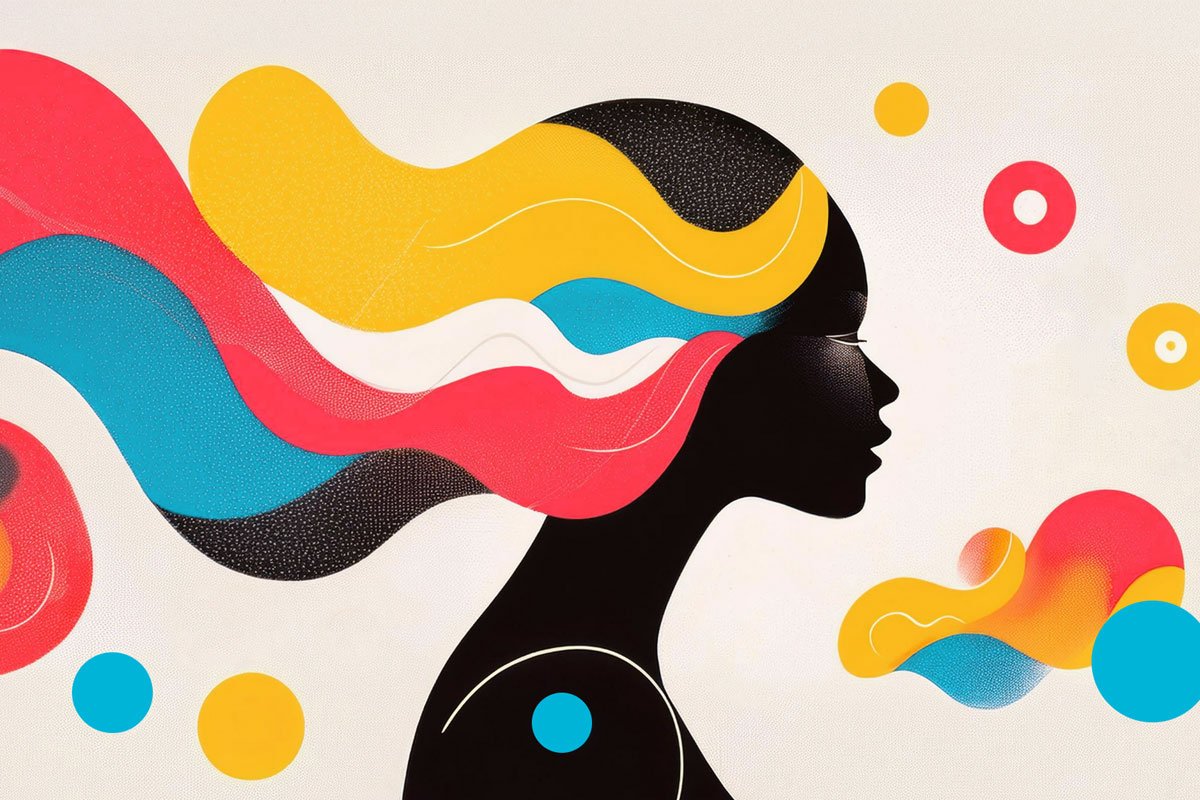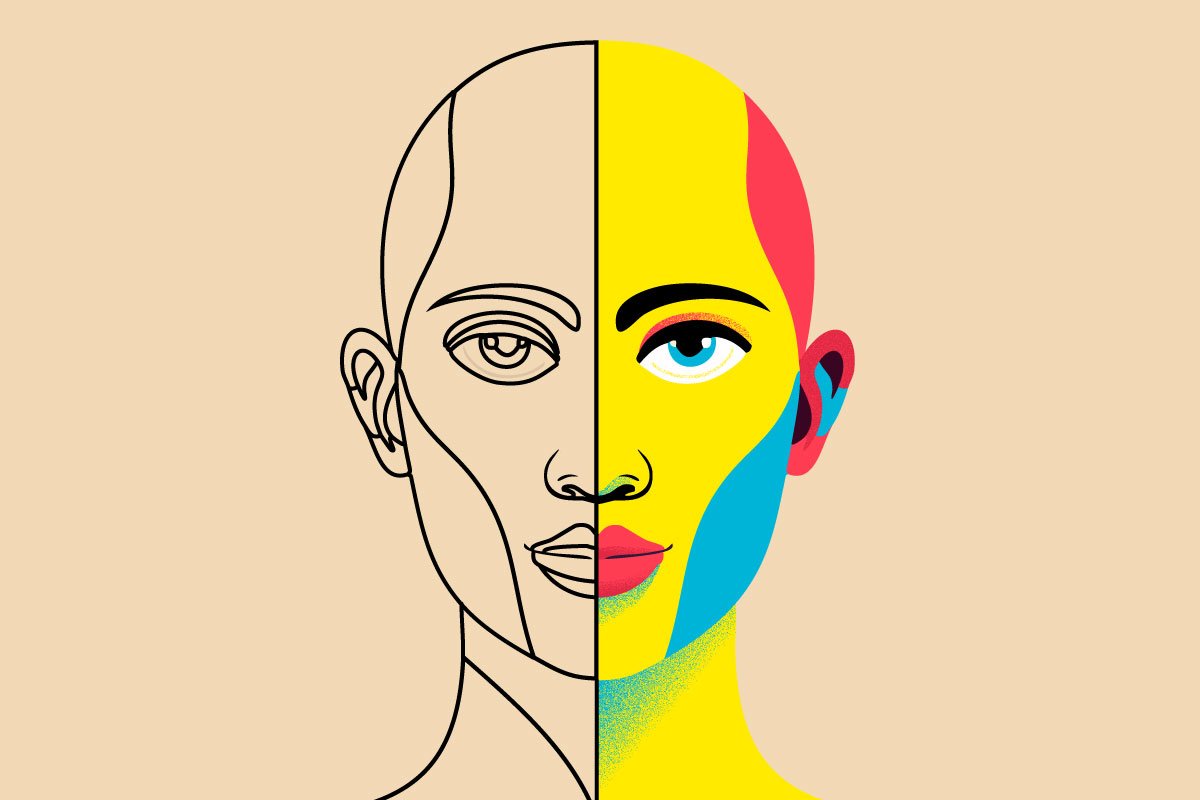The lines between digital and physical environments are blurring, and brands are increasingly expected to deliver seamless, immersive experiences that captivate and engage. As the digital landscape evolves, so do the strategies behind creating brand experiences that go beyond screens and become interactive, emotional touchpoints. At Roundrubik, we see immersive brand experience design as a way to shape the future of how customers interact with brands—whether through virtual spaces, physical environments, or the intersection of both.
Designing for Multi-Sensory Engagement
Immersive brand experiences engage the senses. It’s no longer enough for brands to be visually appealing; they must stimulate emotions, curiosity, and interaction. Whether it’s through augmented reality (AR) that allows customers to explore a product virtually or through a carefully curated physical pop-up space, multi-sensory engagement transforms passive observers into active participants. These experiences leave lasting impressions, fostering deeper emotional connections between brands and their audiences.
The Rise of Augmented and Virtual Reality
In the digital era, immersive experiences often leverage technology like AR and VR to create deeper engagement. Augmented reality allows customers to interact with brands in their own space, blurring the boundaries between the virtual and real worlds. For example, beauty brands are now using AR to let users “try on” products virtually before making a purchase, while automotive brands offer virtual test drives. Virtual reality, on the other hand, creates entirely new environments, allowing customers to step into a brand’s world from the comfort of their own homes.
Crafting Physical Spaces that Tell Stories
On the flip side, physical brand experiences remain a crucial aspect of immersive design. Whether it’s retail spaces, event booths, or experiential pop-ups, brands have the opportunity to create environments that tell stories. Through thoughtful spatial design, brands can evoke specific emotions, guiding visitors through a curated journey. At Roundrubik, we design physical spaces that reflect the core identity of the brand, ensuring every element—from lighting to materials—conveys a unified narrative.
Seamless Integration of Digital and Physical
Truly immersive brand experiences occur when the digital and physical worlds work together in harmony. For example, interactive store installations allow customers to use their smartphones to unlock deeper layers of storytelling, while digital signage can create a dynamic, adaptable environment in real-time. Brands that successfully bridge these two realms can offer a 360-degree experience that extends their reach and engagement far beyond a single touchpoint.
Creating Shareable Moments
One of the hallmarks of successful immersive brand experience design is its ability to generate shareable moments. Whether it’s a visually stunning installation or a clever digital interaction, experiences that surprise and delight customers naturally encourage them to share their encounters on social media, expanding the brand’s reach organically. In today’s world, creating Instagrammable moments is as important as crafting the experience itself.
The future of branding lies in immersive experiences that captivate, engage, and leave lasting impressions. By blending the physical and digital worlds, brands can create multi-sensory interactions that resonate on a deeper level. At Roundrubik, we specialize in crafting these unique experiences, ensuring that every touchpoint—virtual or real—tells a story worth remembering.


